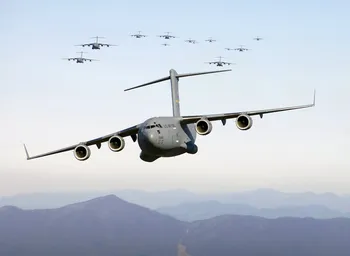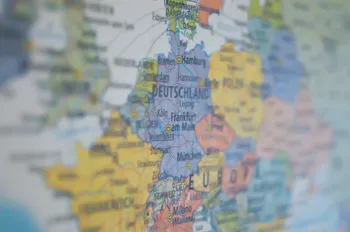To significantly advance the following development priority:
- FR-3 Investigate quantum sensing and computing applied to ATM.
1. Quantum computing (QC) applications in ATM
Quantum computing is a domain that integrates computer science, physics, and mathematics. Quantum computing's ability to perform complex calculations at higher speeds than classical computing opens new opportunities for solving complex problems (as ATM related NP-hard problems coming from ATM (e.g., large-scale trajectory planning, airspace configuration optimization, etc.)) in real-time.
It is acknowledged that quantum computers are not yet widely available. The objective of this research element is to explore the advantage of quantum computing in ATM. It is not expected that research will write quantum algorithms or make use of quantum machines. Quantum annealing is also in scope as a short-term, high-yield, low-risk method to quantise existing optimisation algorithms.
Research aims at exploring how quantum computing could be applied in air traffic management and how it could impact ATM. Potential (and non-exhaustive) applications include:
- Trajectory optimisation: classical computing methods can find it challenging to compute the most efficient trajectory in real time, especially when considering that flights operate in a very dynamic environment subject to many variables (e.g., air traffic restrictions, weather conditions, changing fuel prices, etc.). Quantum computing could


